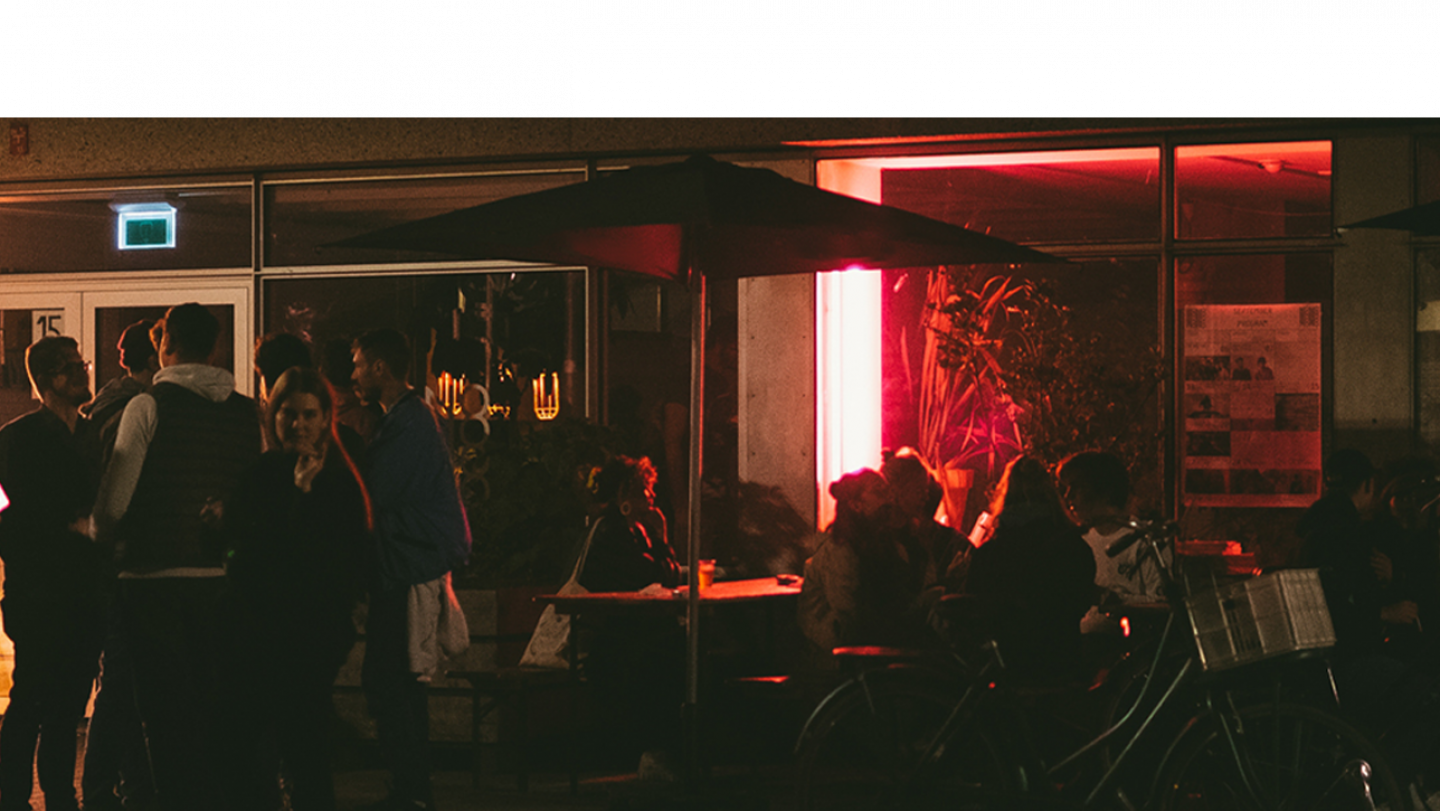This past year has forced us all to focus on our direct surroundings because of the pandemic-induced introduction of social distancing, group limits, and travel restrictions. This shift has strongly affected the international character of electronic music: the international spread of artists, parties, and crews Dekmantel used to work with, together with all the international visitors, listeners, and dancers, and combined with the luxury of travel, certainly made it into the pan-global scene it was until 2020.
Words by Jasmín Hoek
However, local artists, clubs, and everyone else within the Dutch scene have also always been a strong influence on everything we do. So, with physical life happening on a new micro-level, we’ve been centering our own music ecosystem in a new way. In doing so, we wanted to shed a light on what shapes the widespread electronic music community in The Netherlands, from Amsterdam to Rotterdam to Groningen. We asked Jasmín Hoek to sit down for a chat with six different initiatives that have contributed and helped shaped our cultural landscape in their own way, to learn more about who they are and what they do.
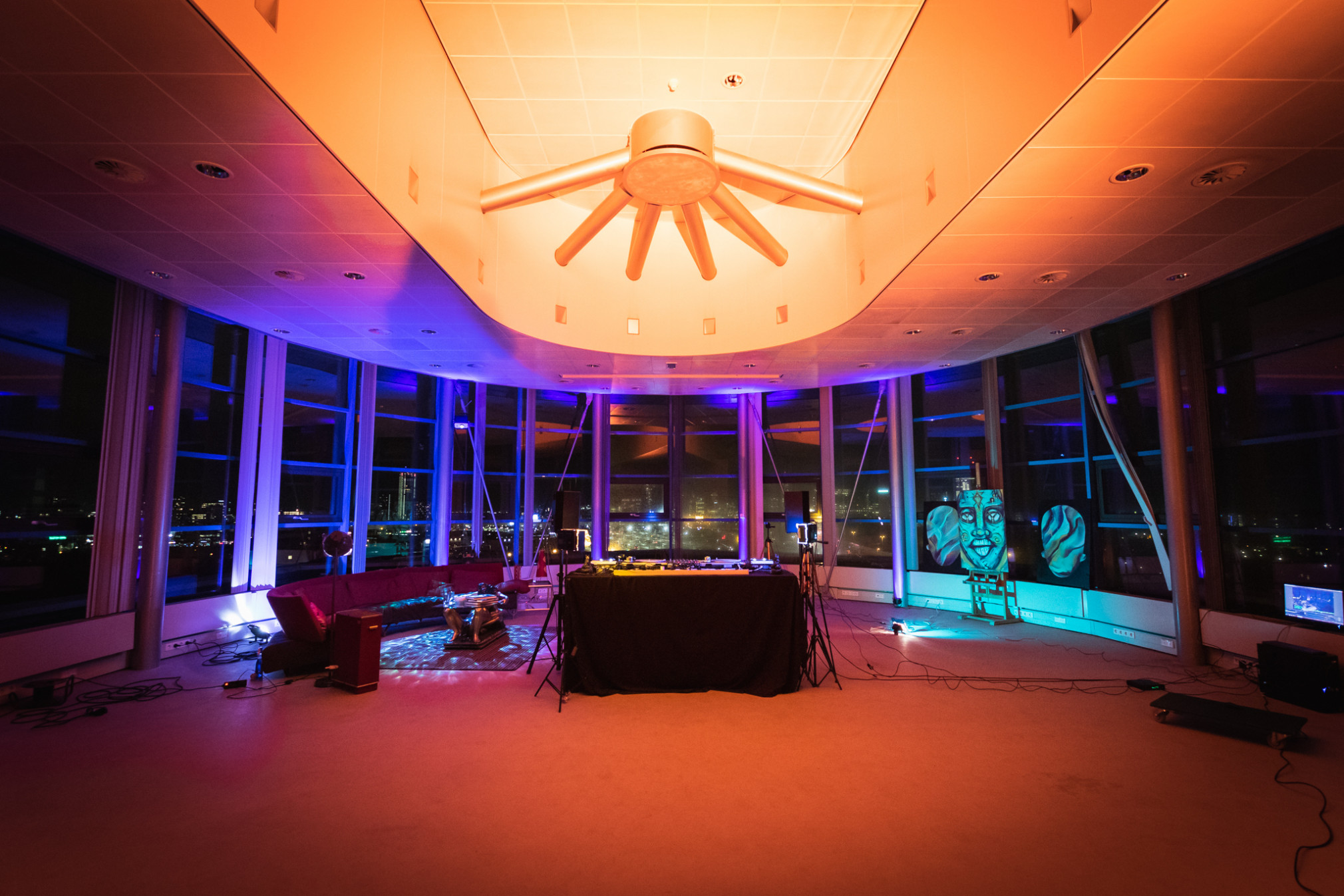
Future Intel
For Future Intel it all started when Wouter van Driel and Zamba-Jan Bakana were looking for a studio space. Through a friend they came across a studio space in the former office building of Dutch telecom provider KPN outside of The Hague’s city centre. “When we got there, we soon discovered the incredible space on the 9th floor of the building. Nobody was using it. As we walked in with the four of us (Mounir Gros, Olivier van Driel, Wouter van Driel and Zamba-Jan Bakana) we knew right away that this space was a once in a lifetime opportunity. We had to make use of it somehow. That’s how we started brainstorming, and eventually came up with the idea to start a radio station,” says Wouter.
After the closing of local radio station Onderwereld FM last year, the Future Intel crew felt like no other radio station carried out the same sound they wanted to represent. The shows, which happen two days a week, range from DJ sets by familiar faces to somebody the Future Intel crew just came across by chance online. “It all happens quite naturally, we decide on somebody’s sound, and not on their experience. Sometimes we end up having somebody play their first set outside of their bedroom, and some of these bedroom artists ended up really surprising us,” he says.
“It all happens quite naturally, we decide on somebody’s sound, and not on their experience. Sometimes we end up having somebody play their first set outside of their bedroom, and some of these bedroom artists ended up really surprising us.” - Wouter van Driel

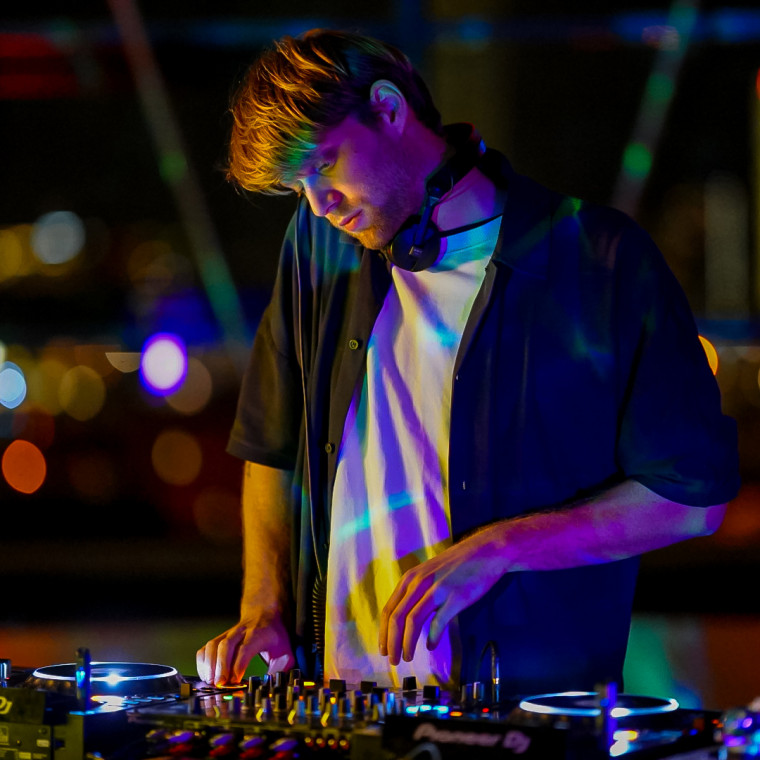
Unlike many other radio stations, there’s a lot of attention and programming going into the visual part of Future Intel’s streams as well; they have five professional cameras set up to capture the studio and the backdrop, which might be the best view over The Hague in the entire city. The crew reaches out to local visual artists, ranging from fresh talent to the more known ones, in the same way as they reach out to DJs. “Together with the artists, we decide on the best way to show their work on the stream. Sometimes we end up filming it beforehand in our studio,” Wouter says. “Right now it’s even more difficult for recently graduated art students to exhibit their work somewhere. We’re happy to be able to share the platform we’ve created with them. Besides, clubs also put thought into their interior for visitors. By showing art, we want to add to the full experience of our viewers in a similar way.”
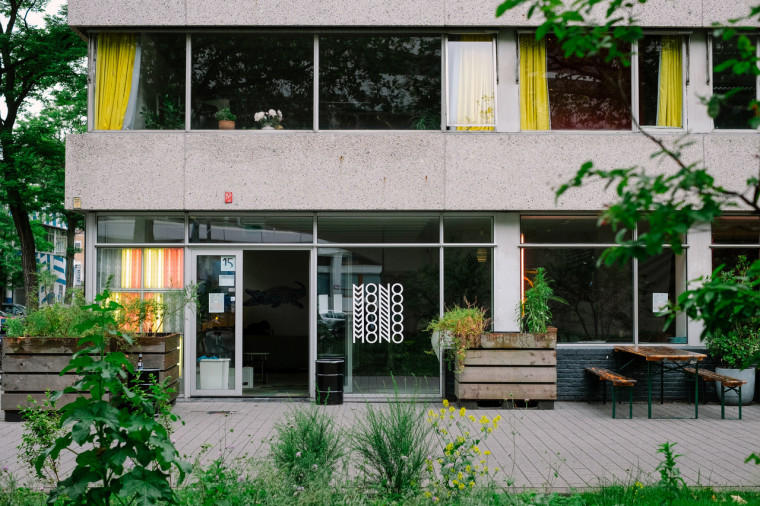
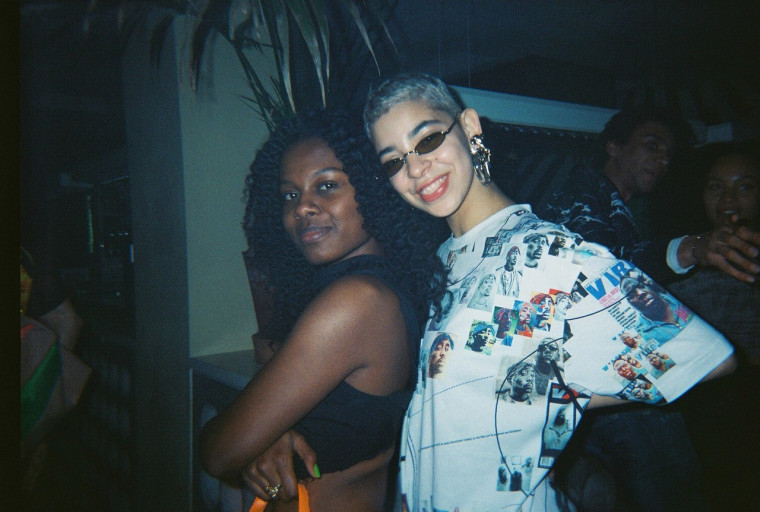
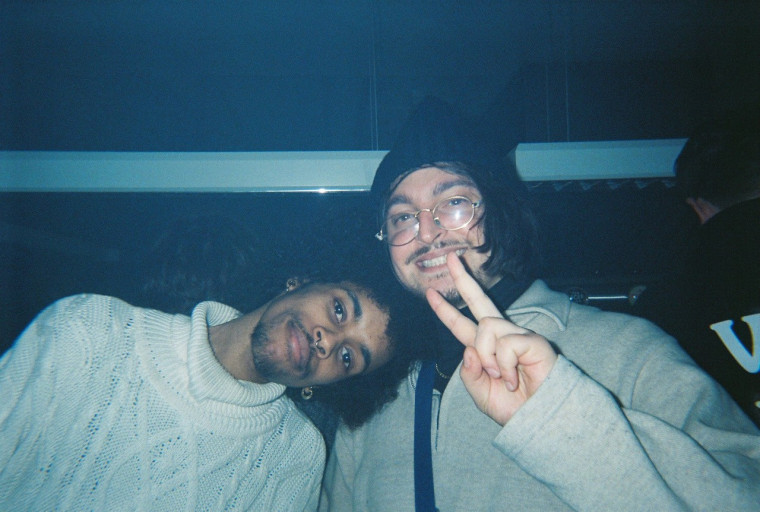
MONO
About two years ago Shirin Mirachor became the artistic director of Rotterdam’s hybrid club space MONO, right away she asked Richard Nazier and Linder Purperhart to join the team and take charge of the music programming. “I was looking for people that feel like they don’t fit in either side of the scene, and that’s what I found in Linder and Richard, they float from scene to scene, their style and taste is quite fluid, and they are able to merge different scenes and styles because of that,” Shirin says. “I saw it as a chance to give more body to nightlife and its culture,” Richard adds, “Rotterdam’s nightlife was quite fragmented in my opinion, I feel like everybody is on their own little island, and the fusion of all these genres and communities was missing. In the past two years that we’ve been working on this, and we managed to create a floor where styles and scenes were melting together.”
This fluidity is exactly what MONO is all about according to Shirin. “We’re a space for the in-betweeners: for people who don’t want to hold on to only one identity, and want to question the status quo.” MONO seamlessly shifts between a bar, club, exhibition space, and they often host an in-depth program in the shape of talks. Next to that, they often collaborate on different kinds of events with local cultural institutions, universities, art academies, and collectives as AMPFEMININE and KLAUW.
"We’re a space for the in-betweeners: for people who don’t want to hold on to only one identity, and want to question the status quo." - Shirin Mirachor
Asides from its own programs, MONO is the homebase of the cultural foundation (A)WAKE, which takes the context of the Middle East and North Africa and her diaspora as a starting point for arts and culture programs with a focus on digital, youth and counterculture. This year MONO and (A)WAKE have joined forces, and are working towards becoming a cultural institute with an audiovisual studio, digital music archive and a reading room. “We want to be a space with the comfort and accessibility of a community-center, but with a cultural program that reflects, explores and contributes to an international discourse,” she says.
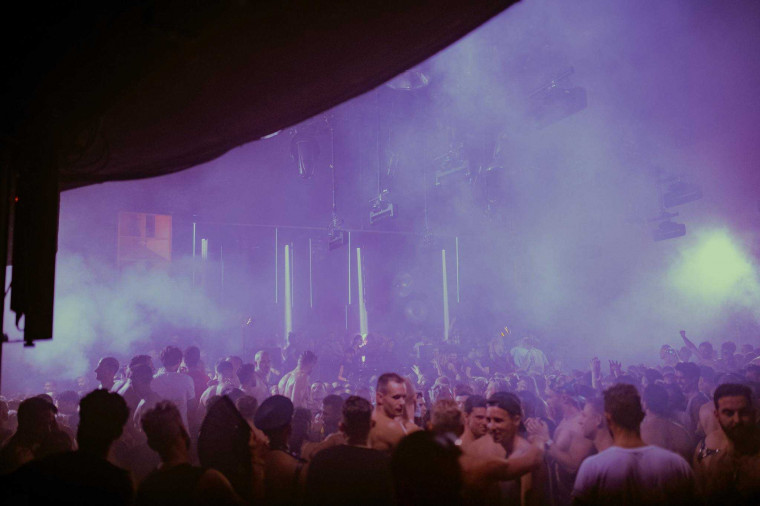
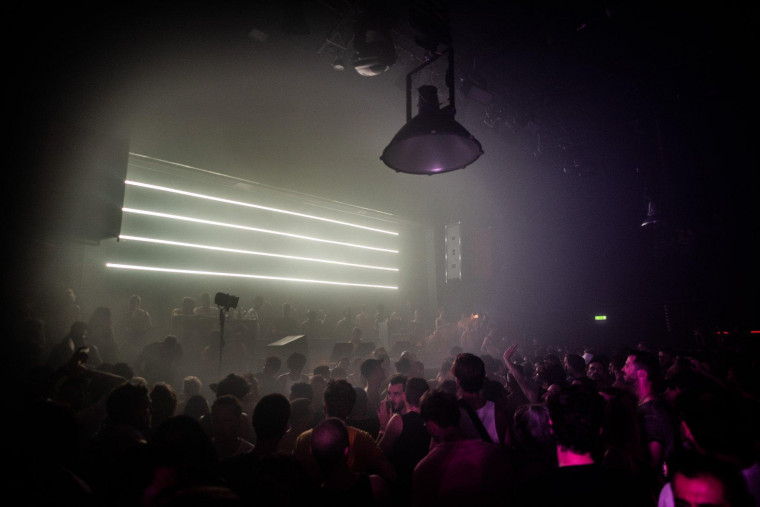
IsBurning
In 2013 DJ and producer Sandrien asked her friend and fellow DJ Carlos Valdes if he wanted to organize a LGBTQIA+ night together with her. At the time there was not that much happening for the local community in Amsterdam where both DJs felt like they could get completely lost in the music. Carlos: “We just couldn’t find what we wanted. So, we decided to create it ourselves.” The two of them sat down with Olaf Boswijk, who was the programmer of Trouw at the time, to organize their own night at the legendary club in Amsterdam. “We wanted a place for house and techno enthusiasts, where the past and the future merged, where we felt free, and where you could wear whatever you want,” says Carlos. The first IsBurning in Trouw happened during the Easter weekend of 2014, a year before the club closed “It was such a beautiful night, so many people from our community came to party with us, and a lot of visitors asked us when the next one would happen right away.
After Trouw’s closing they moved to a smaller club, Cruquiusgilde, which closed its doors four years ago. At some point, there were some issues with announcing names for the IsBurning line ups due to festival exclusivities for some of the artists they had booked. One of their own agents came up with the idea to not announce any names at all, which they stuck with from then on. “A turning point for me was when we did a pride party in de Markantine, and all the rooms were fully packed while I thought we’d only sell out their smallest room. After that we did IsBurning parties in several clubs all over the Netherlands and abroad. Talking about this now gives me such a feeling of homesickness,” Carlos says.
"We wanted a place for house and techno enthusiasts, where the past and the future merged, where we felt free, and where you could wear whatever you want." - Carlos Valdes
Behind the IsBurning decks you can always expect a mix of both local and international artists, both smaller and bigger names– almost all of them from within the LGBTQIA+ community. “With everything I do it’s important to me to work with local artists. This is something I took away from previous generations in Amsterdam: they’ve always welcomed me with open arms when I just started DJing and wasn’t even that skilled yet. Next to locals, I often give room to artists that don’t often play in Amsterdam or have never played here before at all,” says Carlos. “You don’t need A-listers to have a good party; you need people that want to create something nice and feel connected to what you’re trying to do.”
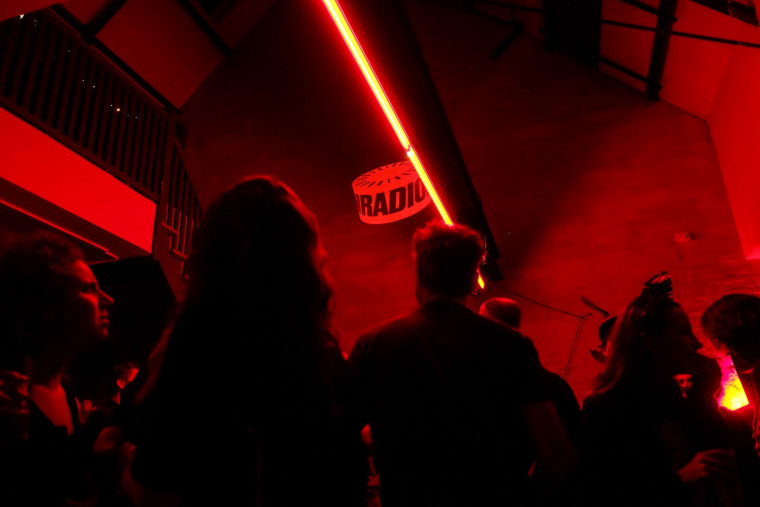
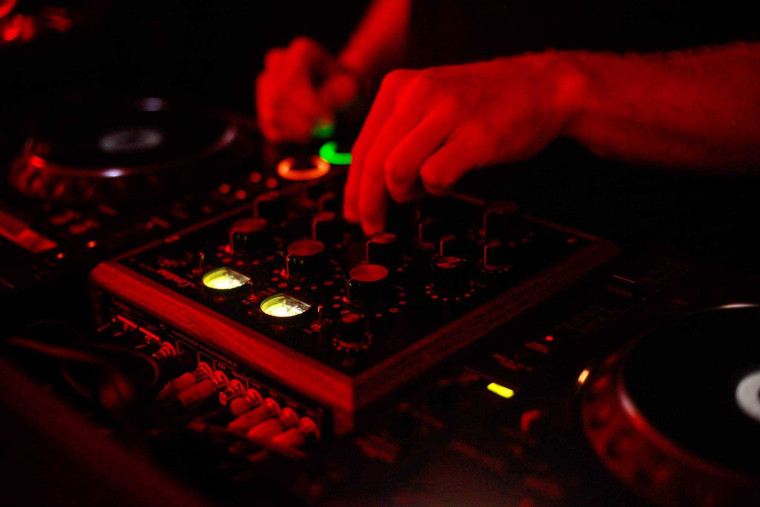
Radio Radio
Radio Radio is located in Amsterdam's monumental Westergas area. With a venue that fits 150 people, it’s right in between a bar and a club. “On a packed night, you walk in and arrive straight on the dancefloor,” says Vincent Reinders. In 2018 he opened Radio Radio together with Vincent Lindeboom.
Throughout this past summer, they were one of the few clubs to stay open, pandemic-related regulations included. “My crew convinced me to stay open all summer, even though it didn't make sense financially. In that way we could keep our freelancers employed, but also to keep ‘the fam’ together.” This ‘fam’ plays a big part in giving Radio Radio its ‘living room’ atmosphere, according to Vincent. “We've always pushed for an open and welcoming vibe, and hiring friendly and motivated people. A lot of them are DJs or musicians as well,” he says.
“My crew convinced me to stay open all summer, even though it didn't make sense financially. In that way we could keep our freelancers employed, but also to keep ‘the fam’ together.” - Vincent Reinders
Luckily, summer 2020 ended up being a lot of fun for them, despite the financial stress that kept looming over their head. “We ended up having some of the best nights ever during all of this,” Vincent recalls, “I have to say that sit-down dance vibes with 50 people can feel more special than some of the packed nights. It's more personal and laid back, less hectic,” Vincent says. “In fact, for us it didn’t change that much that we could only book local DJs this year because of traveling restrictions. We didn't have the funds to book a lot of international big names anyways, and we’ve been hesitant to fly in DJs for just one booking, it almost never happened.”

OOST
As its name reveals, OOST is located in the north east of The Netherlands; right in the city centre of Groningen, a city where students make up a quarter of the total number of citizens. While the Dutch scene often seems to revolve more around the west side of the country, OOST has become one of the spots even clubbers from Amsterdam, Rotterdam or The Hague are willing to take a more than two hour train ride to the other side of the country for. Before Bram Steenhuis and Rob van den Ham founded the club in 2016, Groningen had no electronic music focused club that opened every Friday and Saturday. “The scene consisted of a lot of different big events in different locations, and most of them had a more minimal-oriented program. We wanted to counter that with a more contemporary style, a wider range of sounds, and a smaller setting,” says Bram.
From the first hour it has been important to the OOST-crew to stay connected to their crowd. During the last few months they often checked in with their regular visitors. “A lot of them just spend most of their time alone in just their rooms, as most students live,” he says. “Their moments of social interactions have become so limited: all classes are taught online and the spots they usually hang out have closed.”
"We want to argue for a review of the definition of culture, get dance and electronic music considered for grants, and get acknowledgement for the societal value that clubs have." - Bram Steenhuis
But these past months have not been easy for the club itself either. To get through the next months, OOST recently set up a crowdfunding. Bram: “We often get left out from being able to be subsidised like other cultural venues. Electronic music or clubs don’t get recognized as culture, they’re seen as regular bars. We want to argue for a review of the definition of culture, get dance and electronic music considered for grants, and get acknowledgement for the societal value that clubs have.”
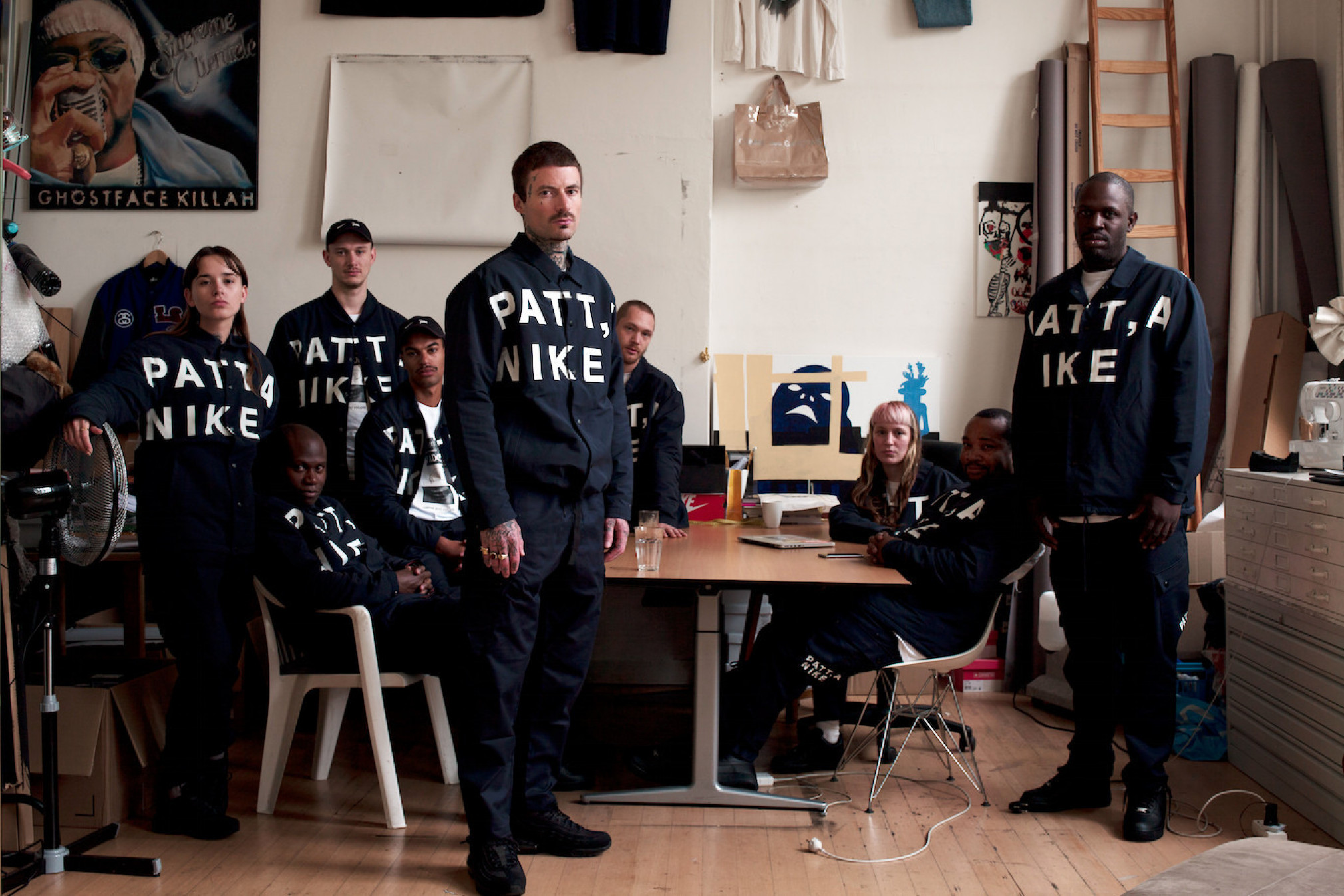
Patta
“When we started, it was simply a matter of what do we like, what can we hustle, and what fits with us?” Guillaume Schmidt, better known as ‘Gee’ says. Together with Edson Sabajo he founded Patta in 2004. “Through the connections we made over the years in the hip hop scene as MC/host Gee and DJ Edson, record shops where we worked, trips we made, people we met, I was hustling sneakers and packing them for friends in the US to the Dutch public. Opening the sneaker shop and distribution was the first thing we did. From the start we always worked together with others around us and friends, who were doing something that we were interested in.” Victor Crezée adds: “When Patta opened it became our hang out spot. We’d all meet up and share things we were into with each other, whether it was music, clothes, jokes, or whatever. The casual and fun conversations with friends eventually shaped into work and collaborations.”
Over time these collaborations expanded to big sneaker brands, designers, artists, and local arts and culture initiatives. Even the less obvious connections all work as a collaboration with Patta for the same reason according to Gee: “In the end, we’re all geeks, and we like geeky and quirky stuff, even things we don’t know anything about yet. We want to check those out, and learn more about it. Hip hop, my first love, has given me so much, and it has developed a certain curiosity inside me: to explore music more in depth, and it first got me interested in clothes and DJ-culture. Actually, if we take everything we’re interested in, and mix it with an amount of social consciousness, that’s what captures Patta’s energy.”
"To me community is a group of people that is willing to learn, teach each other things, and has the same values." - Guillaume Schmidt
Social consciousness is one of the core values of their community, according to Gee; “To me community is a group of people that is willing to learn, teach each other things, and has the same values,” he adds. “We’re most clear on what we don’t want; close mindedness and ignorance.” Teaching and learning with Patta even took a new shape this past year in school form as they set up the Patta Summerschool open to join for anyone between the ages of 12 and 21. “Education is the core of pretty much everything. For kids it’s easy to imagine themselves as a designer or a football player, but we don’t need 100 designers within one brand. You can work in sales at a sneaker brand, become an accountant for a creative company, take care of production: those kinds of jobs are so important within our industry. This is an issue we even encounter when we’re hiring staff ourselves,” says Gee. “For us the power always lies in staying away from the obvious,” Victor adds, “With the summer school we tried to do the same: we want to teach kids things they don’t learn about in school, things they can identify with.”
Photos by Ruben de Kemp and Hanane Mouhdi
